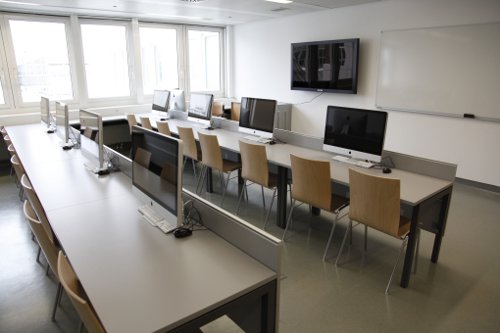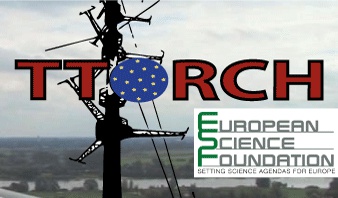


A second FLEXPART Training Course has been successfully completed, all are happy! The original announcement will remain available here. There is no plan yet for the next course -- subscribe to the FLEXPART mailing list for staying informed about new developments around FLEXPART, including course announcements!

 Dept. of Meteorology and Geophysics, Univ. of Vienna, Vienna, Austria
Dept. of Meteorology and Geophysics, Univ. of Vienna, Vienna, AustriaThe course will take place in the Exner room (see photo to the right) which provides excellent possibilities for hands-on exercises.
Petra Seibert, professor of theoretical meteorology, is a co-developer of FLEXPART from the very beginning.
Delia Arnold, postdoctoral researcher, is a co-developer of the WRF FLEXPART version, has worked with various FLEXPART applications at UPC-INTE, BOKU-Met, and ZAMG. She has taught FLEXPART courses in 2012 at UPC-INTE and in 2013 at IMGW.
The training course will be suitable for those who are new to FLEXPART as well as for intermediately experienced users who want to expand their knowledge and share experiences with others. A minimum background in atmospheric transport modelling is expected, and some experience in using Linux will be very helpful for hands-on exercises (and for using FLEXPART in general!).
 There is no course fee. Support from TTORCH is being requested, it is expected tocover accommodation and travel expenses of participants. Note that priority will be given first to participants from TTORCH countries (AT, CH, DE, ES, FI, FR, NL, NO, SE) and then to other ESF member countries. Participants from non-ESF countries can usually not be supported by TTORCH grants.
There is no course fee. Support from TTORCH is being requested, it is expected tocover accommodation and travel expenses of participants. Note that priority will be given first to participants from TTORCH countries (AT, CH, DE, ES, FI, FR, NL, NO, SE) and then to other ESF member countries. Participants from non-ESF countries can usually not be supported by TTORCH grants.